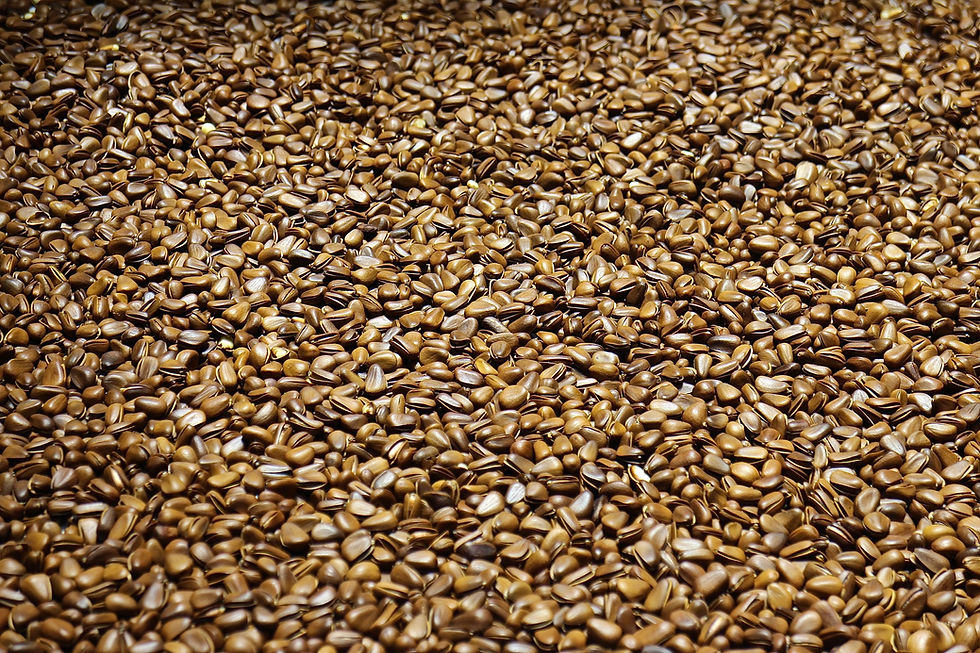The Tremendous Benefits of Trees
- Ellis Jackson

- Dec 18, 2023
- 3 min read
Updated: Jan 9, 2024
Liam Anderson investigates the importance of trees in the UK, looking at both the quantifiable and intangible value that trees provide in our everyday lives.

Photo by Dan Otis
Several recent studies have shed light on the numerous benefits that trees have upon the people that live beside them and wider society.
From reducing pollution levels and flood risks to improving mental and physical health, the social impact of trees is vast, and the economic impact worth billions.
The benefits of trees can be broadly classified into five categories:
Health and social well-being
Cognitive development and education
Economy and resources
Climate change mitigation and habitat
Green infrastructure
By reducing air pollution levels, encouraging physical and outdoor activity, boosting social interconnectivity, reducing stress, and positively impacting crime levels, trees promote good health and social wellbeing in the communities where they are located.
Furthermore, large open spaces with trees have been shown to be linked to reduced symptoms of ADD and ADHD.
Did you know? A 2021 report found that walks taken by people in UK woodlands save £185m a year in mental health costs. - Forest Research
Economic Value
The impact of trees on their surrounding communities has positive ramifications for both the local and national economy, and the overall costs incurred by tree planting is often offset by the economic value they contribute once they reach maturity.
Outside of a tree’s commonly associated economic value as a material commodity, there are also significant economic benefits to trees in their capacity for removing and storing CO2.
The secondary economic value of planting trees should not be ignored as they have proven to reduce pollution levels, cool temperatures, and limit noise pollution. Furthermore, they can increase the desirability of an area, thus boosting the local property prices.
But determining the value of trees is challenging, as many of their benefits and contributions are difficult to quantify, such as the positive impact they have on mental and physical health.
However, a 2018 report by the Department for Environment Food & Rural Affairs estimated the total value of the contribution made by the UK’s three million hectares of woodland at approximately £4.9 billion per year. Moreover, the value of the benefits of non-woodland trees was estimated to be between £1.4 billion and £3.8 billion, depending on the metrics and methodology used. A single tree with a canopy diameter of 30 metres can provide hundreds of pounds to the UK economy each year.
Trees Under Threat
Despite the wide-ranging benefits that trees have on surrounding human populations, they face significant threat across the world, not only through deforestation but also due to insufficient government planning for urban tree canopy cover.
For example, one study found the urban canopy tree cover in the United States to be declining at a rate of around 36 million trees per year. This is largely down urbanisation outgrowing tree planting, as well as the spread of tree diseases and pest infestations.
In the UK, the government has targets set for increasing tree cover, but for many these targets are too little too late. Mike Childs, Head of Policy at Friends of the Earth, states: “The government’s suggestion of increasing tree cover in England from 14.5% to 17.5% by 2050 is completely inadequate,” and argues that tree cover should be doubled.
In response, former Forestry Minister Trudy Harrison recognised the “extraordinary financial value of the trees in our streets, our parks and our countryside.” However, she decried the limited protection of trees, citing the example of the East of England which has lost half of its trees in the past 150 years.
Going Forward
It is hoped that the latest research on the benefits of trees will be used to inform urban designers and town planners on how to incorporate trees into development projects to ensure we continue to reap the numerous rewards that trees offer.
Researched by Alexandra Kenney / Editor: Ziryan Aziz / Online Editor: Harry Hetherington













Comments